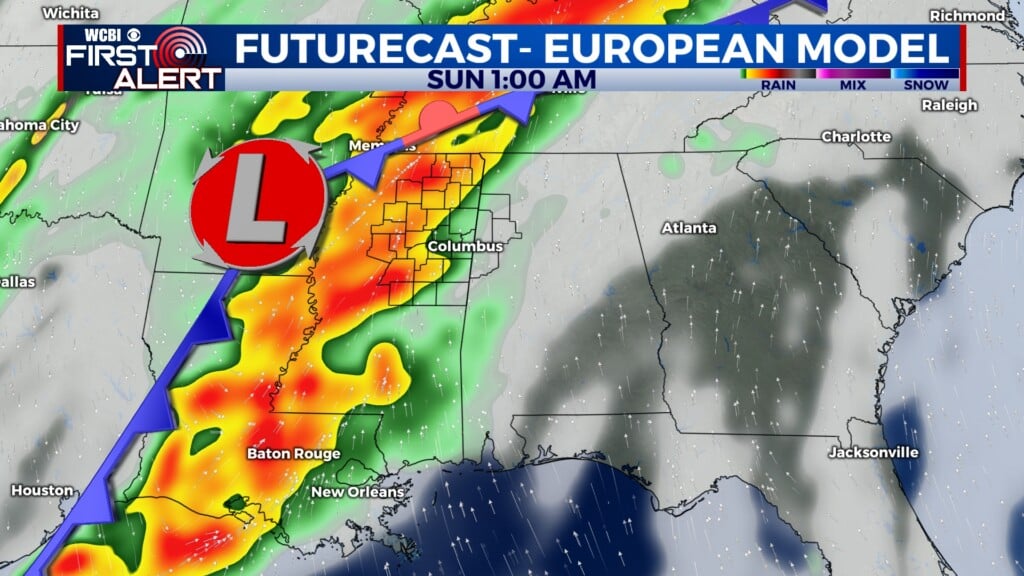MSU Research Rates Deer Sizes

Steve Demarais (left) and Bronson Strickland (right) take measurements of a tranquilized deer housed at Mississippi State University’s Rusty Dawkins Memorial Deer Unit. Center from left, graduate students Erick Michel and Jake Oates record the data to help researchers correlate nutrition and genetics with white-tailed deer antler growth. (Photo by MSU Forest and Wildlife Research Center/Karen Brasher)
By Dave Storment/MSU Forest and Wildlife Research Center
MISSISSIPPI STATE – Research conducted by Mississippi State University Deer Lab scientists has determined northern deer may have bigger bodies but they don’t necessarily have bigger antlers.
The discovery, made by scientists in the university’s Deer Lab, a unit of the Forest and Wildlife Research Center, shows that antler size depends more on diet than latitude.
“In white-tailed deer, large antlers are generally found on deer with large bodies. However, the largest antler measurements were found in the Midwestern states and not the far North, as commonly believed,” said Bronson Strickland, associate Extension professor and researcher in the Forest and Wildlife Research Center.
The ecological theory known as Bergmann’s rule predicts animals found in northern latitudes require larger body size to maintain body temperature in cold weather. This relationship holds true for body size of white-tailed deer, but Mississippi State deer biologists Strickland and Steve Demarais decided to see if a similar relationship existed for antler size. To find out, they used data from Florida to Maine and as far west as the Rocky Mountains.
Scientists have long hypothesized that nutrition contributes more to antler size than latitude. To test the hypothesis, the duo surveyed state agencies for the antler beam diameter of yearling bucks.
The researchers found that the statistical relationship between latitude and antler size is weak. Geographic location explains only 7 percent of the variation in antler size. The research found that variation in antler size is more closely related to soil quality and land use.
“Antler size is known to be highly correlated with body size,” said Demarais, who is also a Dale H. Arner professor of wildlife ecology in the Forest and Wildlife Research Center. “However, our research further proves that agricultural areas with rich soil provide more food for deer, leading to deer with larger bodies, independent of their latitude.”
That means good soil and agricultural crops lead to larger deer with bigger antlers.
Places with rich soil, such as the Mississippi Delta and the bread basket states, produce deer with big bodies and big antlers.
Strickland said soybean crops contribute the most to deer size. White-tailed deer eat only the seed of grain crops like corn, but they eat all parts of soybean plants, which are grown on rich soil. This gives them the nutrients required to grow larger bodies.
The research results may be good news for landowners looking to increase antler size on their property.
“Landowners can provide an ample diet through habitat management and supplemental wildlife plantings, which can have a big impact on antler and body size,” Strickland said.
This study is one of many in the MSU Deer Lab, a research program more than 40 years old. The MSU Deer Lab is one of the premier deer management research units in the nation. Learn more at http://www.msudeerlab.com.





Leave a Reply